Mobile Examiner Position Available in Brisbane
Share on facebook Facebook Share on google Google+ Share on twitter Twitter Share on linkedin LinkedIn Mechanic
The post What to look for when buying a vehicle appeared first on M1 Safety Certificates.
]]>
Shopping for a new vehicle is not only confusing with all the variety on the market but the language spoken by the automotive industry isn’t always clear on what you are actually buying.
Some buyers may find that the colour of the vehicle and how it looks is the most important part of the purchasing process however careful consideration needs to be taken in the safety aspect of the vehicle.
When buying a vehicle it is always a good idea to do research on the safety features and how they have been tested.
Car manufacturers spend a lot of time and money in their Research and development departments to ensure the safety of the occupants. We have all seen the crash test dummy advertisements appealing to our safety. The advertising qualities that safety features have on influencing buyers is very heavy and if it comes down to two brands with similar features, the safety features are often the tipping point for the buyer. The manufacturers have recognised this and focus a lot of attention to it.
There are many different types of features and trying to compare apples with apples can sometimes be confusing. We have broken down the safety features into categories and explained what you should be looking for.
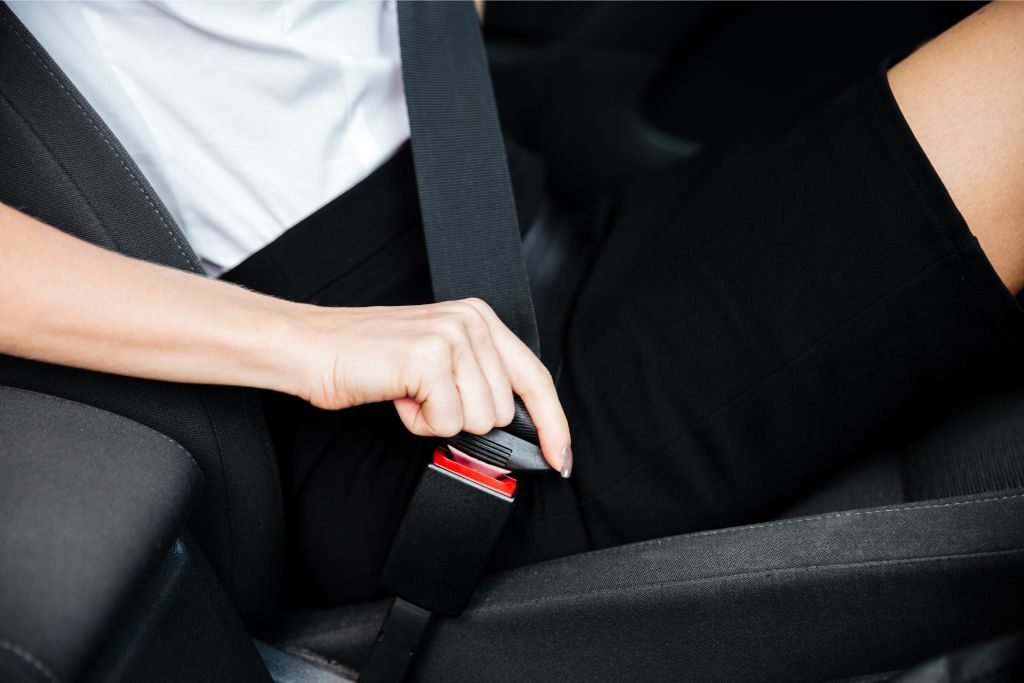
In the unfortunate event of an accident, seatbelts have been proven over and over again to be the life saving devise that otherwise would have resulted in a fatality.
We are taught from a young age to “Buckle Up” but why is it that the most at risk groups are males between 17-24 and 30-49 who don’t wear them?
For those who do put their seat belts on what are the things that you should be looking for?
The main factors is that it properly retracts, engages the pre-tensioner when you pull on the belt and that there are no frays in the belt in a second hand vehicle.
If you are buying a brand new vehicle ask the salesperson what the features are on the vehicle in relation to the seatbelts. Some vehicles actually have a mechanism that will adjust the seat as well as the seat belt to increase your rate of survival in the event of an accident.
Just wearing a seatbelt increases the chance of survival by 50%.
Safety Certificate Tip: If there are any rips or holes in the upholstery in the seats or frayed seatbelts the vehicle will not pass even if you have seat covers on the vehicle.
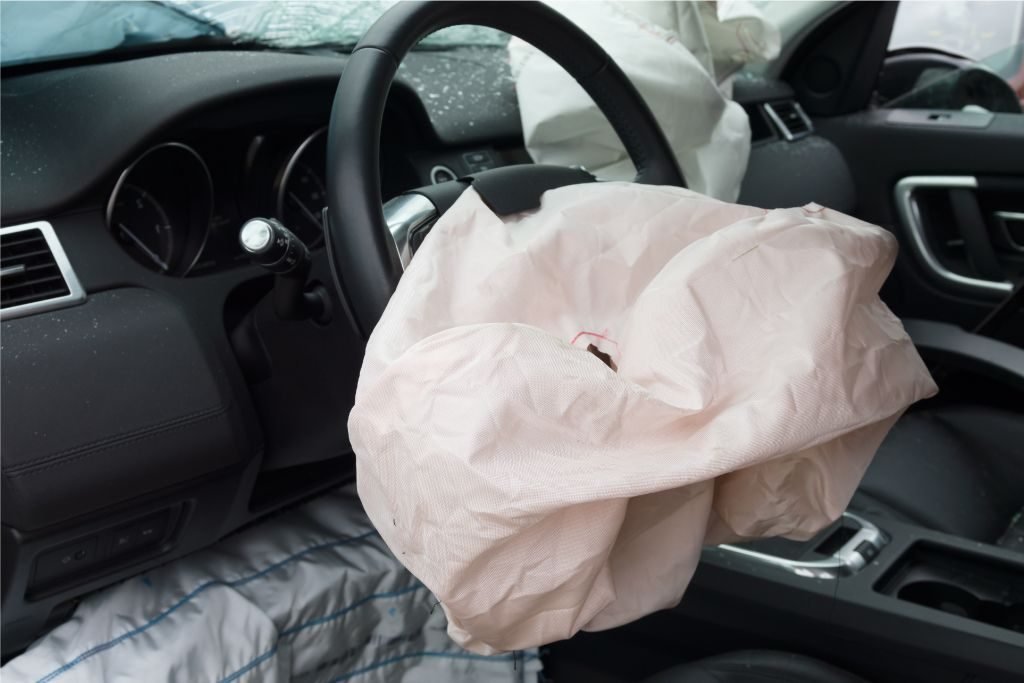
Airbags are no longer just located in the steering wheel. Ask the sales person how many are fitted to the vehicle and where they are located.
Some vehicles can have as many as 10 or 11 airbags.
Once again ask the salesperson for more information and know where they are located in both new and second hand vehicles.
Safety Tip: Visit www.ancap.com.au to search the vehicle you are buying. It will allow you to see how many airbags are in the vehicle and where they are located. It will also show the star safety rating of the vehicle.
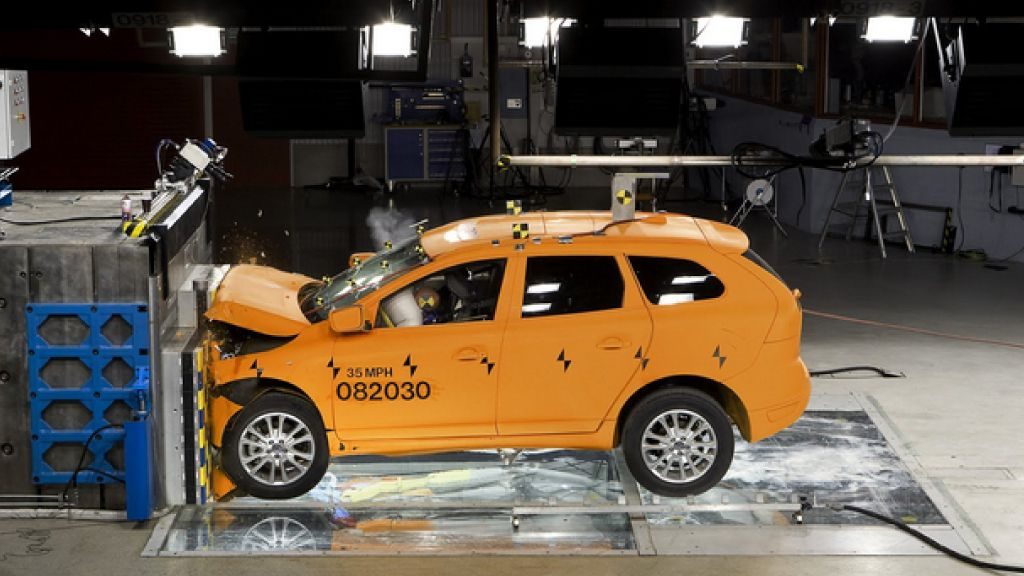
Many of the latest vehicles are designed to take impact of an accident to better protect the occupants in the vehicle.
This will lead to smaller accidents looking worse than what they would normally as the panels will crumble essentially writing off the vehicle in most cases.
However, the occupants have decreased injuries from whiplash as a result and the cabin stays intact. The stability of the cabin will reduce the risk of other parts of the cabin breaking away or bending into the occupants’ area causing injury or death.
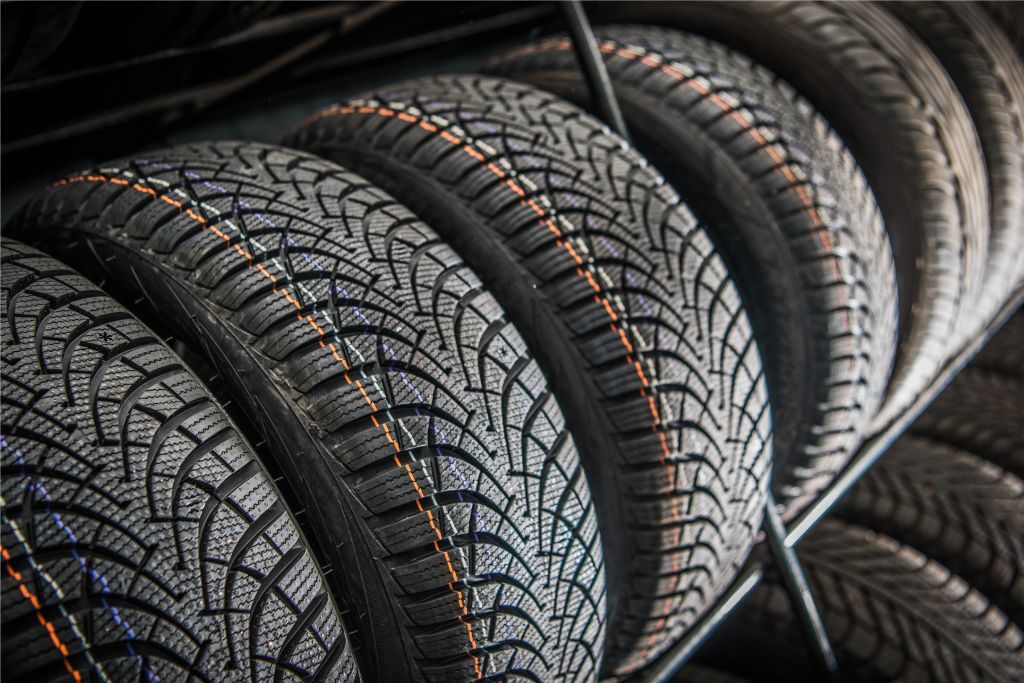
This is your contact to the road surface and just like anything there are many different levels of quality that tyres come in.
In the case of a second hand vehicle if the brand is not familiar then research them. Cheap, low quality tyres are a risk factor when you are in an accident because they will not handle the same way as a high quality tyre. Braking distances and ability to change direction in the vehicle to avoid an accident is compromised with the low quality.
The lower quality tyres will wear faster and in the long run cost you more.
See if you can negotiate the price down with the quality of the tyres being so low if they are trying to sell them with the cheapest possible option.
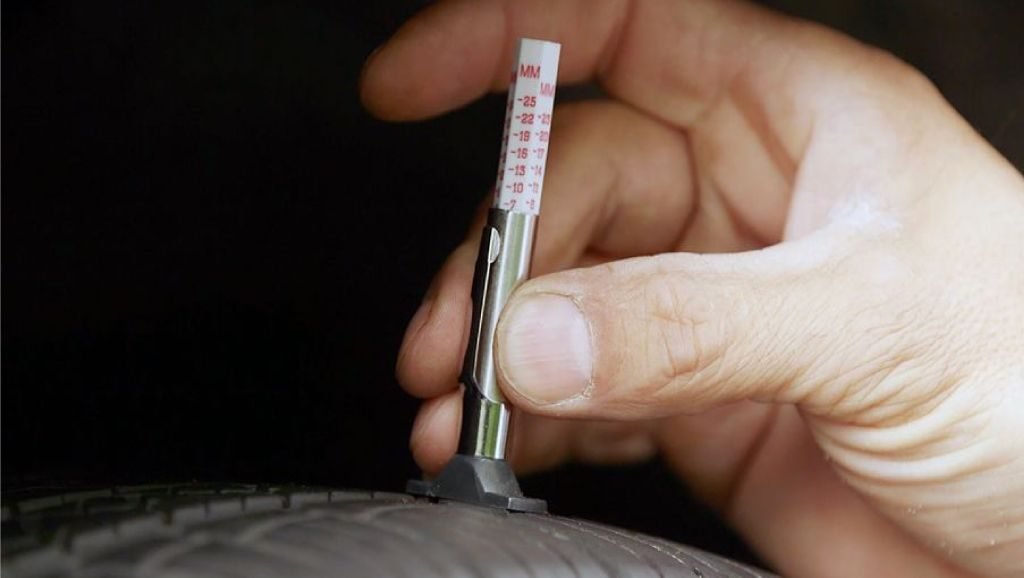
Stability Control
Check if the vehicle has stability control and what type it has.
There are different names that the stability control is called.
ESP – Electronic Stability Program
DSC – Dynamic Stability Control
ASC – Active Stability Control
VSC – Vehicle Stability Control
They are all in one the same thing.
When you are driving your vehicle in a straight line and say for example a kangaroo jumps out in front of you. When you swerve to avoid the animal a vehicle without stability control will swing from the direction you steered towards and then instantly swing back to the opposite direction. This could involuntarily steer you into oncoming traffic or other dangers on the road, which is what you were trying to avoid in the first place.
A vehicle with stability control stops this from happening. When you swerve to avoid the accident the vehicle is stabilised to give the driver control of where it is heading.
Always check if the vehicle has ABS. The reduction in the risk of an accident is significant. ABS allows the driver to stay in control of the vehicle in the event of avoidance of an accident. It prevents the tyres from locking up and skidding across the road surface. The contact of the tyres is where the control of the steering is most important. Once that contact is compromised the driver is simply a passenger in the events that are about to unfold without any power to correct the situation.
Braking distances improve especially in wet conditions.
ABS and Stability control increase the chances of survival in an accident enormously and when you are looking at buying a new vehicle these are two of the features that should become a deciding factor.
Share on facebook Facebook Share on google Google+ Share on twitter Twitter Share on linkedin LinkedIn Mechanic

Share on facebook Facebook Share on google Google+ Share on twitter Twitter Share on linkedin LinkedIn Mobile
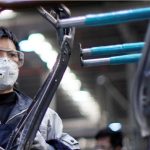
Share on facebook Facebook Share on google Google+ Share on twitter Twitter Share on linkedin LinkedIn How
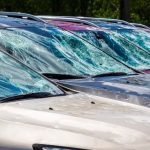
Hail can cause thousands of dollars worth of damage. When the skies open up and hail comes

Share on facebook Facebook Share on google Google+ Share on twitter Twitter Share on linkedin LinkedIn Mechanic
The post What to look for when buying a vehicle appeared first on M1 Safety Certificates.
]]>The post Car Buyers and sellers checklist appeared first on M1 Safety Certificates.
]]>
Note: If you buy a vehicle from a motor dealer, they must supply a vehicle search certificate from the PPSR.
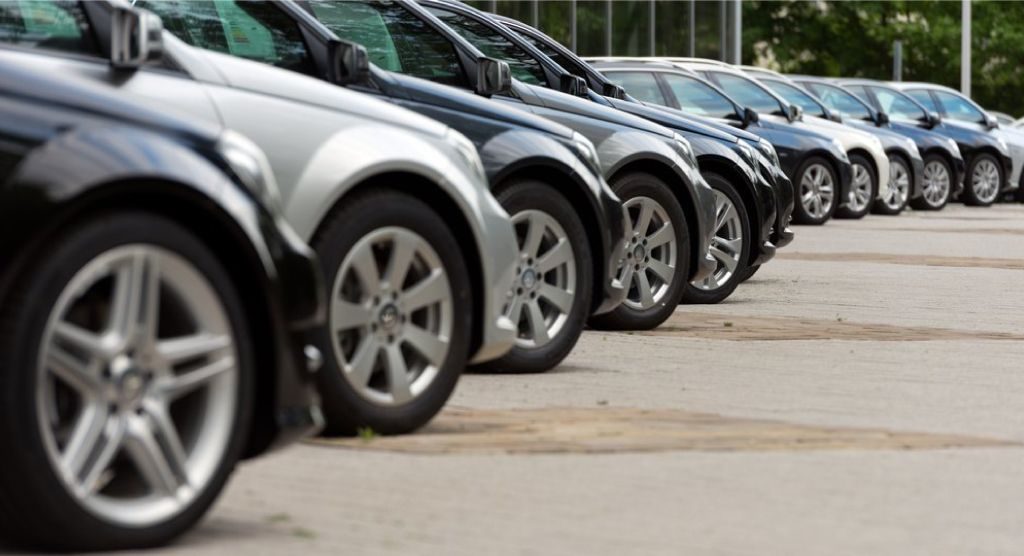
Share on facebook Facebook Share on google Google+ Share on twitter Twitter Share on linkedin LinkedIn Mechanic

Share on facebook Facebook Share on google Google+ Share on twitter Twitter Share on linkedin LinkedIn Mobile

Share on facebook Facebook Share on google Google+ Share on twitter Twitter Share on linkedin LinkedIn How

Hail can cause thousands of dollars worth of damage. When the skies open up and hail comes

Share on facebook Facebook Share on google Google+ Share on twitter Twitter Share on linkedin LinkedIn Mechanic
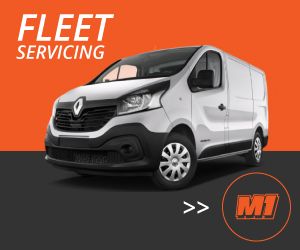
The post Car Buyers and sellers checklist appeared first on M1 Safety Certificates.
]]>The post Smart car buyers guide appeared first on M1 Safety Certificates.
]]>
In most cases when buying a second hand vehicle from a licensed motor dealer you are entitled to a “Mandatory Statutory Warranty”.
This protects you from financial loss if the vehicle is faulty.
There are two types of statutory warranty, Class A and Class B.
CLASS A – Valid for 3 months or 5000 km, whichever happens first.
CLASS B – Valid for 1 month or 1000 km, whichever happens first.
You are also protected by ‘consumer guarantees’. Visit www.fairtrading.qld.gov.au to find out more.

Statutory warranties do not cover any defect the following:
fitted airbags
lights other than a warning light or turn indicator light used as a hazard light
radiator hoses
installed radio, tape recorder or CD player
air-conditioning system (for a Class B warranted vehicle)
aerial,
service items such as spark plugs, wiper rubber, distributor point, oil or oil filter, heater hose, fuel or air filter
paintwork or upholstery that should have been apparent before the buyer took delivery of the vehicle
accessories not fitted to the vehicle when it was sold.

The following vehicles do not have a statutory warranty:
motorcycles
caravans
commercial vehicles
written-off vehicles
vehicles being sold on consignment for a private seller
vehicles sold for restoration
an unregistered vehicle that can not be registered in Queensland because of its design.
Vehicles with no statutory warranty must be clearly identified and advertised. Auctioneers and motor dealers must place notices on the windshield or price tag, place signs at the main entrance to the premises or give them to you.
Cooling off periods are valid for one business day when purchasing from a motor dealer. The motor dealer cannot refuse to grant you a cooling off period.
Top 3 things to remember
The sales contract is binding for the dealer as soon as both parties sign the contract. As the buyer, you are bound by the contract only after the cooling-off period, unless you take possession of the vehicle during that time.
Terminating a contract during the cooling-off period
If you wish to terminate a contract during the cooling-off period, give the dealer written notice before the period ends. You can email, fax or deliver the notice personally.
The dealer can keep up to $100 of your deposit. They must return the rest of the money you paid and your trade-in vehicle.Buying a vehicle that is free and clear of any debt is known as clear title.
A Personal Property Securities Register (PPSR) certificate gives you information about any outstanding debts attached to a vehicle.
For example: if a bank has given a loan to the previous owner of the vehicle, who has not yet fully repaid, the bank has a financial interest in the vehicle. The bank is legally able to repossess the vehicle if the loan defaults.
If the PPSR certificate shows any outstanding debts, make sure the previous owner clears them before you pay for the vehicle.
If the used vehicle is being sold by a licensed motor dealer or licensed auctioneer, they must guarantee clear title.
Even though they are not required to give you a PPSR certificate, you are guaranteed clear title regardless of whether you are given a certificate or not.
If you buy from a private person, it is your responsibility to get a PPSR certificate.
To obtain information on how to get a PPSR certificate, visit www.ppsr.gov.au or call 1300 007 777.

Vehicle plate checks
Check the build plate to see the construction date of the car. Make sure the advertised year of the car is the same as its true age.
The compliance plate indicates the date the car met certain Australian safety standards, making it legal to drive. This date is not necessarily the same as the manufacture date of the car and it does not indicate the year model.
Mechanical inspection
Pre-Purchase Inspections can pay for themselves several times over. Having a qualified mechanic complete a Pre-Purchase Inspection can save you money in the long run in unknown repairs. A Queensland Safety Certificate does not mean that the vehicle is mechanically sound. It is always recommended to have a Pre-Purchase Inspection carried out.
If you are not buying from a licensed dealer, take extra precautions.
Top 3 differences between buying privately versus buying from a licensed dealer.
you do not have a statutory warranty
you are not entitled to a cooling-off period
the seller is not bound by the same laws as licensed dealers
IMPORTANT: You cannot access the Claim Fund if anything goes wrong (i.e. you won’t be able to make a claim for compensation of any financial loss).
Visit www.fairtrading.qld.gov.au to find out more about the Claim Fund.
The contract of sale for the purchase of a motor vehicle
is a legally binding document.
DO NOT SIGN until you are absolutely sure you want to buy the car.
Make sure there are no unfavourable clauses in the contract. Seek Legal advice if unsure
When you buy a new car from a dealership, there is no cooling-off period.
Make sure you are completely happy with the car and the contract before signing anything.
A vehicle is classified as a new car if it has never been licensed or registered. A demonstration car is not considered a new car.
Check the build plate to see the construction date of the car. The compliance plate details the date the car met certain Australian safety standards, making it legal to drive. The compliance date will not necessarily be the same as the build date, especially on imported vehicles. Make sure the advertised year model of the car matches its true age.
The build plate date is commonly used to value a car when you re-sell it. If you have bought a car based on its compliance date, rather than build date, its resale value could be significantly less than expected.
Negotiate the deal
As you visit each dealer, ask them to give you a firm price in writing for the model you want. Get prices from as many dealers as possible.
Dealers often ask for a deposit to prove you intend to buy the car. Only pay the minimum deposit the dealer will accept to reserve the car.
Before you hand over your cash, check if your deposit is refundable, and if so, under what circumstances.
Make sure you get a receipt for every payment you make.
Do your own pre-delivery check on the vehicle. Check to see that:
there are no dents or chips in the paintwork
there are no cuts or scratches on the interior
any accessories or extras you have ordered have been included
Resolving disputes
Try to resolve any disputes directly with the dealer.
Ask for all commitments of resolutions/repairs to be in writing.
If you are not happy with the dealer’s response to your concerns, visit www.fairtrading.qld.gov.auto explore your options.
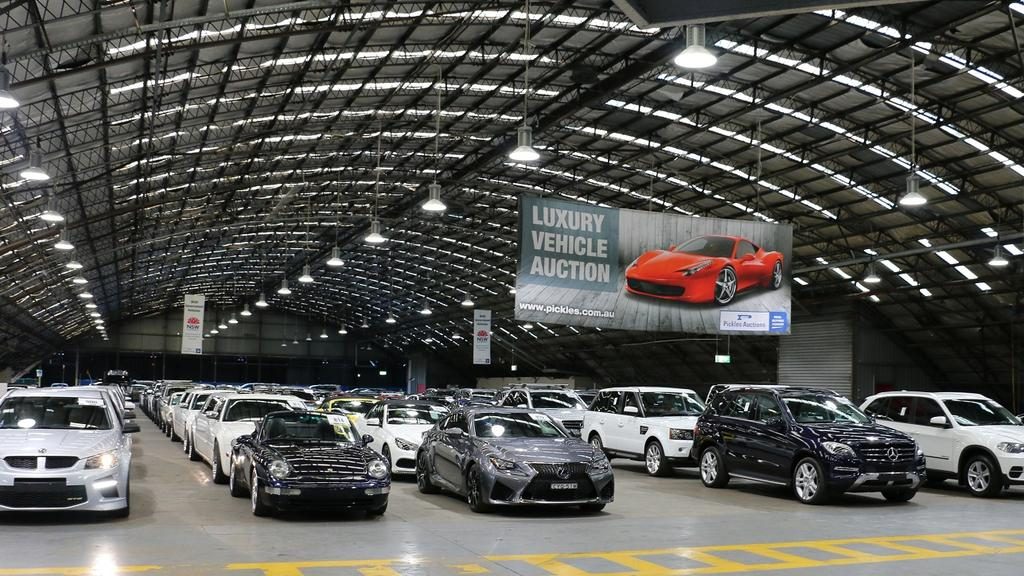
Does not carry a statutory warranty
Has sustained water damage
Is a repairable write-off (i.e. it must pass a written-off vehicle inspection before it can be registered)
Is a statutory write-off (i.e. it cannot be registered).
Usually you are not allowed to test drive a vehicle before bidding on it at auction, but you should be able to inspect it.
The seller must guarantee clear title to the buyer. This ensures there is no money owed on the vehicle and no other party can claim a financial interest in it.
Unless the car has been identified as an unregistered vehicle, you must also be given a safety certificate (previously known as a roadworthy certificate). Visit www.tmr.qld.gov.au to find out more about safety certificates.
When you buy a vehicle, the auction house must give you a receipt and completed transfer of registration form. Transfer of registration forms are available at http://www.tmr.qld.gov.au
Remember, once the hammer falls you can’t back out of your purchase. Carefully study the conditions of sale before bidding.
Restorable vehicle
A restorable vehicle is:
20 or more years old
for sale for restoration.
To bid on a restorable vehicle at an auction you must register yourself with the auctioneer before the auction begins. The vehicle’s statutory warranty is waived as a condition of the sale.
Resolving disputes
First try to resolve any problems you have directly
with the auction house. All auction houses must have complaint handling procedures. Then if you are not happy with the auction house’s response to your concerns, visitwww.fairtrading.qld.gov.au to explore your options.
Find a reputable repairer
Make sure the repairer you choose is reputable, qualified to do the job and has access to the necessary equipment. Going to the same reliable repairer each time will build up a service history for your car. It will also allow the repairer to better advise you of upcoming repairs.
Get at least two written quotes for any repairs or services. Estimates are often verbal and approximate, while quotes are more specific and itemise the work to be done. The quote should outline the repairs and the costs, including parts, labour and any agreements or promises given. Preparing a written quote may involve the repairer having to diagnose the fault. Check before leaving your car whether you will be charged for this.
Don’t be pressured into having a repair carried out. Ask the repairer to explain the fault clearly without using technical jargon. If you are unsure about the repairs or they sound expensive, shop around for other quotes and advice.
Explain the problems clearly
Be clear and specific when describing the problems with your vehicle to a repairer. The more the repairer knows about the problem, the more likely they will be able to find the cause and fix the problem the first time.
It’s best not to ask for specific repairs or diagnose the problem yourself. If you do ask for a specific repair and it doesn’t fix the fault, you cannot hold the repairer liable.
TOP 9 Tips to avoid unwanted repair bills
If you still are not satisfied with the response, visit www.fairtrading.qld.gov.au to explore your options.
Alternatively you can contact the Motor Trades Association of Queensland for advice if your repairer is a member.
MOST IMPORTANTLY!

Regular services will help keep long-term repair costs down. They can also identify minor problems that can be repaired before they become more costly major problems. Correctly maintain your vehicle by following the manufacturer’s service schedule. A well looked after vehicle will most likely have a higher resale or trade-in value if you choose to sell.
Checklist
If you buy a new car, check that:
All exterior lights are working
All glass surfaces are clean and free from chips, cracks and scratches
The windscreen wipers and washers work properly
The horn works
The handbrake holds the car still on steep hills
The seat belts are in good condition
The tyres are in good condition and at the right pressure
All gauges and warning lights are working when you start the car
All fluid and oil levels are topped up when needed.
Share on facebook Facebook Share on google Google+ Share on twitter Twitter Share on linkedin LinkedIn Mechanic

Share on facebook Facebook Share on google Google+ Share on twitter Twitter Share on linkedin LinkedIn Mobile

Share on facebook Facebook Share on google Google+ Share on twitter Twitter Share on linkedin LinkedIn How

Hail can cause thousands of dollars worth of damage. When the skies open up and hail comes

Share on facebook Facebook Share on google Google+ Share on twitter Twitter Share on linkedin LinkedIn Mechanic
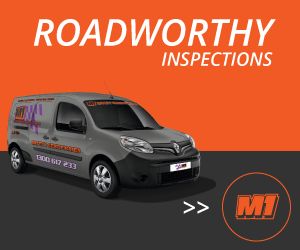
The post Smart car buyers guide appeared first on M1 Safety Certificates.
]]>